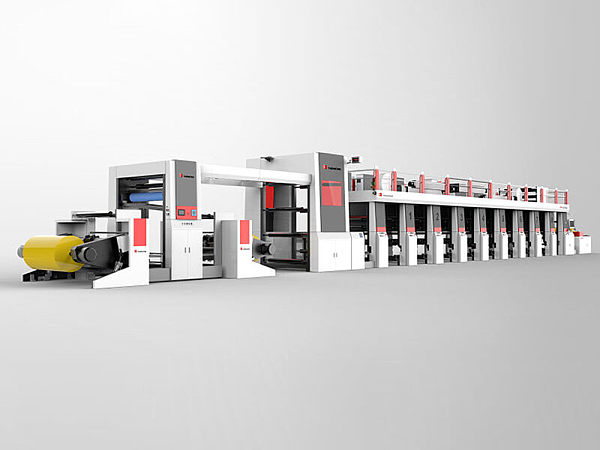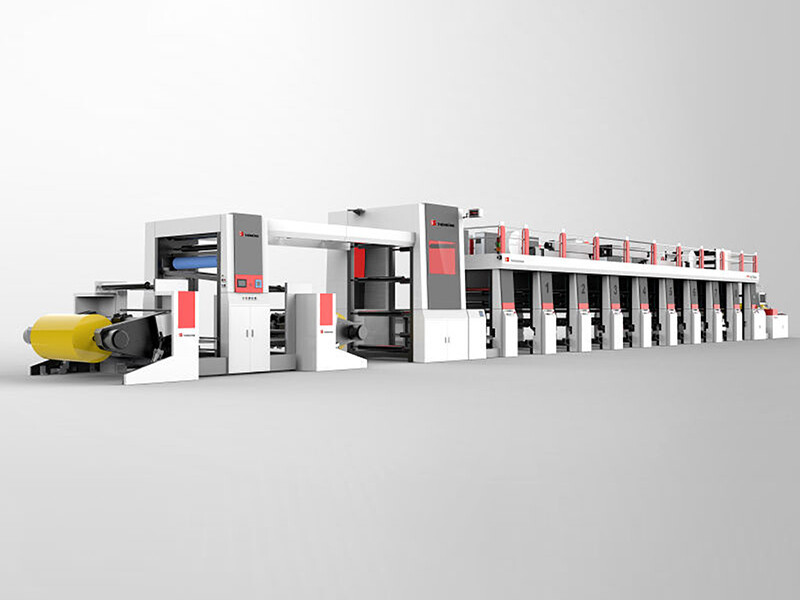NEWS
Is this the best Flexographic printing machine for cement bags?

Introduction
This article evaluates whether a specific flexographic printing solution represents the best option for cement bag production. It addresses common questions from information researchers, operators, technical evaluators, commercial assessors, enterprise decision makers and contract executors. You will find clear definitions, application scenarios, technical performance indicators, standards references and procurement checklists that a reliable flexographic printing machine supplier should provide.
Definition and core principles
A flexographic printing machine prints on porous and non-porous substrates using fast-drying inks and flexible relief plates. For cement bags, the key is consistent registration, durable inks and high-speed web handling. The term Flexographic printing machine for cement bags implies a specialized configuration: robust unwinding, reinforced dryer units, and heavy-duty web tension control to handle paper and multi-layer laminates used in cement packaging.
Why this matters
Operators require predictable print quality across long runs. A reputable flexographic printing machine supplier will document press repeatability, color management capabilities and substrate compatibility. Those metrics reduce waste and improve on-time delivery for bulk cement bag orders.
Application scenarios
Large-scale cement sack printing at 200–400 bags per minute for major manufacturers.
Regional plants requiring mid-line speeds and fast job changeovers for multiple SKUs.
Contract packers needing both printing and inline finishing like die-cutting and bag forming integration.
In each scenario, a High speed cement bag flexographic printing machine must balance speed and print fidelity. Production planning must align machine throughput with downstream filling lines to avoid bottlenecks.
Standards, certifications and material compliance
Look for presses and inks that align with ISO 12647 for process control and industry-relevant safety standards like CE and RoHS where applicable. Cement packaging often requires inks that resist abrasion and alkaline exposure; request technical data sheets and accelerated aging reports from your flexographic printing machine supplier.
Comparison analysis: flexo vs gravure vs digital
Flexo offers fast setup and cost-effective long runs, gravure provides superior photographic quality but higher plate cost, while digital excels at short runs and variable data. For bulk cement bags, a High speed cement bag flexographic printing machine typically delivers the best balance of speed, durability and cost per thousand impressions.
Procurement guide for buyers
Define throughput needs and substrate types before requesting quotes.
Ask suppliers for site acceptance tests and sample production runs.
Verify spare parts availability and local service capability from the flexographic printing machine supplier.
Negotiate training, warranty terms and response times for maintenance.
A thorough procurement process prevents hidden costs and ensures the chosen press matches long-term production plans.
Operation, maintenance and operator training
Operators must master plate mounting, color calibration, ink viscosity control and web tension adjustments. Create a maintenance schedule covering rollers, bearings, infrared/air dryers and servo systems. A supplier that offers onsite training and comprehensive manuals shortens ramp-up time and reduces downtime.
Cost structure and alternative strategies
Total cost of ownership includes capital cost, tooling (plates), inks, energy for drying, maintenance, and floor space. For smaller producers, consider refurbished units from a reputable flexographic printing machine supplier or hybrid strategies combining flexo for primary branding and digital for personalization.
Common misconceptions and clarifications
Misconception: Higher speed always means better ROI. Clarification: Speed must align with finishing and filling lines to realize ROI.
Misconception: All inks are equal. Clarification: Cement bag inks require specific abrasion and alkali resistance.
Misconception: Any supplier can deliver quick spare parts. Clarification: Local support matters; confirm spare part lead times.
Customer case study
A regional cement producer replaced an aging press with a High speed cement bag flexographic printing machine from a certified flexographic printing machine supplier. They achieved a 22% increase in throughput and a 15% reduction in material waste after standardizing plates and inks. The supplier provided onsite training and a 12-month parts warranty, which improved first-year uptime significantly.
Trends and market analysis
The market favors machines that support automation, remote diagnostics and quick job changeovers. Sustainability trends push for lower-VOC inks and energy-efficient dryers. As cement producers pursue greater localization, they demand reliable local service from their flexographic printing machine supplier.
Why choose us and next steps
We specialize in flexographic printing machines, second-hand die-cutting machines, paper bag printing machines, and other printing equipment. Our approach pairs technical evaluation with practical site trials to minimize risk. To discuss specifications or request a demonstration, contact our team and request sample runs. For reference materials and live demos, follow this link 无.
Decision makers and technical staff should request production samples, performance certificates and a clear maintenance plan before finalizing procurement. A careful, metric-driven evaluation ensures you secure the best flexographic printing machine for cement bags for your operation.
Contact Us Today to Get a Quote
WhatsApp:+8613863655370
Tel:+8613863655370
E-mail:Chris@bochuanpack.com


